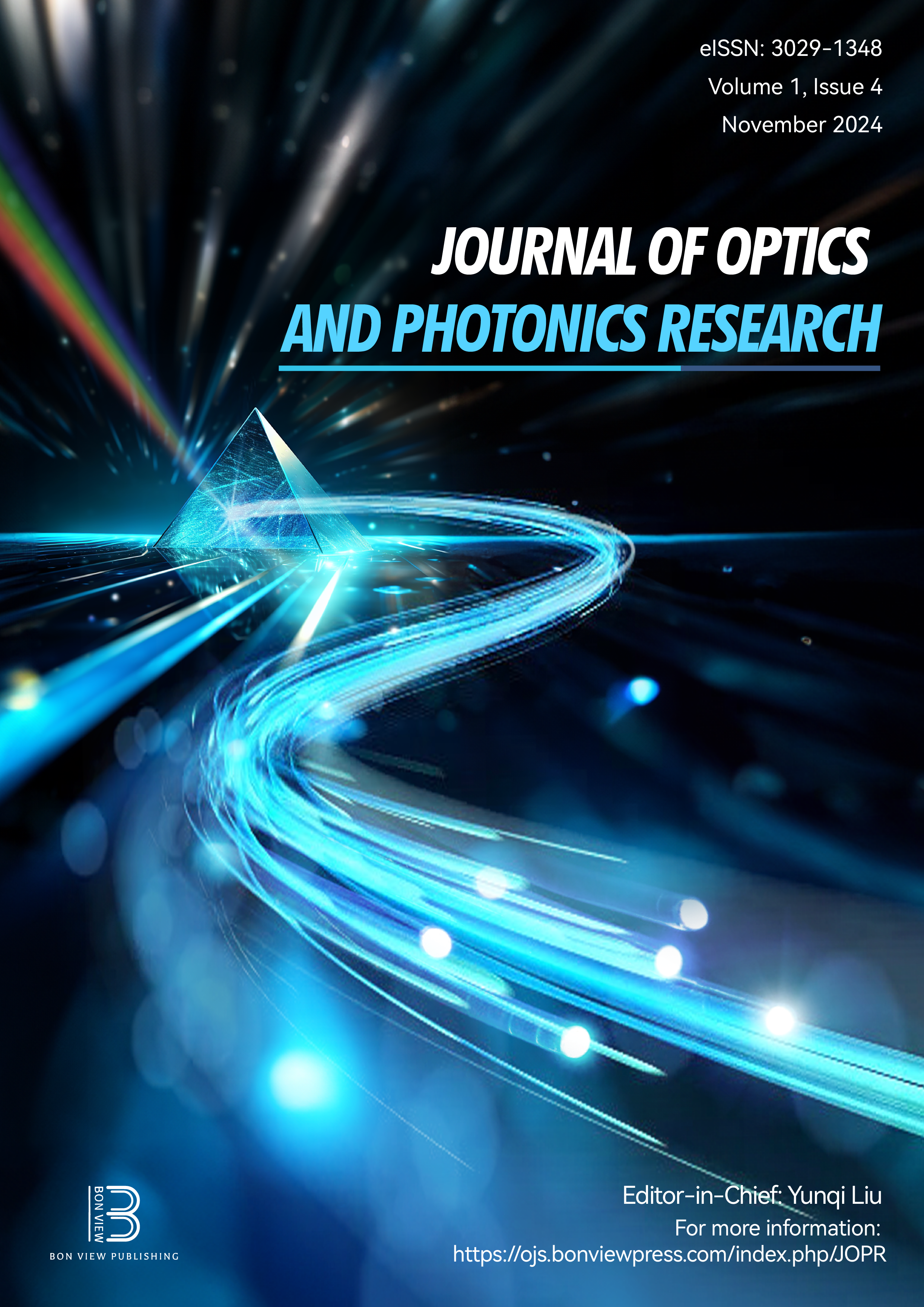Exploring the Bilayer Approach to Analyzing Lead-Free Perovskite Solar Cells' Numerical Aspects for High Efficiency
DOI:
https://doi.org/10.47852/bonviewJOPR42022149Keywords:
lead-free perovskites, double electron transport layer (ETL) and hole transport layer (HTL), SCAPS (1D)Abstract
In the past decades, the metal halide perovskites gained tremendous attention from researchers because of its excellent visible light absorption and promising power conversion efficiencies. But due its toxic nature and concerned ecological hazards, it cannot be commercialized on a large scale. So there was a need to introduce a new toxic-free alternative. According to this paper, a volume lead-free perovskite structure is quantitatively investigated using 1D solar cell capacitance simulator (SCAPS) software. A new approach is used in which the lead-free active layer CH3NH3SnI3 is encased in two bilayers of a simultaneous simulation that investigates the hole transport layer and electron transport layer and fine-tunes their respective thicknesses as well as the absorber layer to attain the best possible performance for the suggested structure. Furthermore, a number of parameters influencing electrical properties were studied statistically, including the effect of different rear connections, temperature changes, doping concentration in the absorber layer, defect states at interfaces, and the overall density of defects. The optimal configuration yielded an open circuit voltage (Voc) of 0.96V, a short circuit current density (Jsc) of 32 mA/cm2, a fill factor of 82.02, and a power conversion efficiency of 26.09% under standard AM1.5 G conditions.
Received: 25 November 2023 | Revised: 30 March 2024 | Accepted: 15 May 2024
Conflicts of Interest
The authors declare that they have no conflicts of interest to this work.
Data Availability Statement
Upon request, the appropriate author can have access to the data that supported the investigation's findings.
Author Contribution Statement
Shahid Farhan: Conceptualization, Methodology, Software, Validation. M. Qasim Shah: Formal analysis, Investigation, Resources. M. Naeem Khan: Visualization, Project administration. M. Arif: Supervision. Asim Ghafoor: Data curation, Writing – original draft, Writing – review & editing.
Downloads
Published
Issue
Section
License
Copyright (c) 2024 Authors

This work is licensed under a Creative Commons Attribution 4.0 International License.


